Resolution of aspirations!
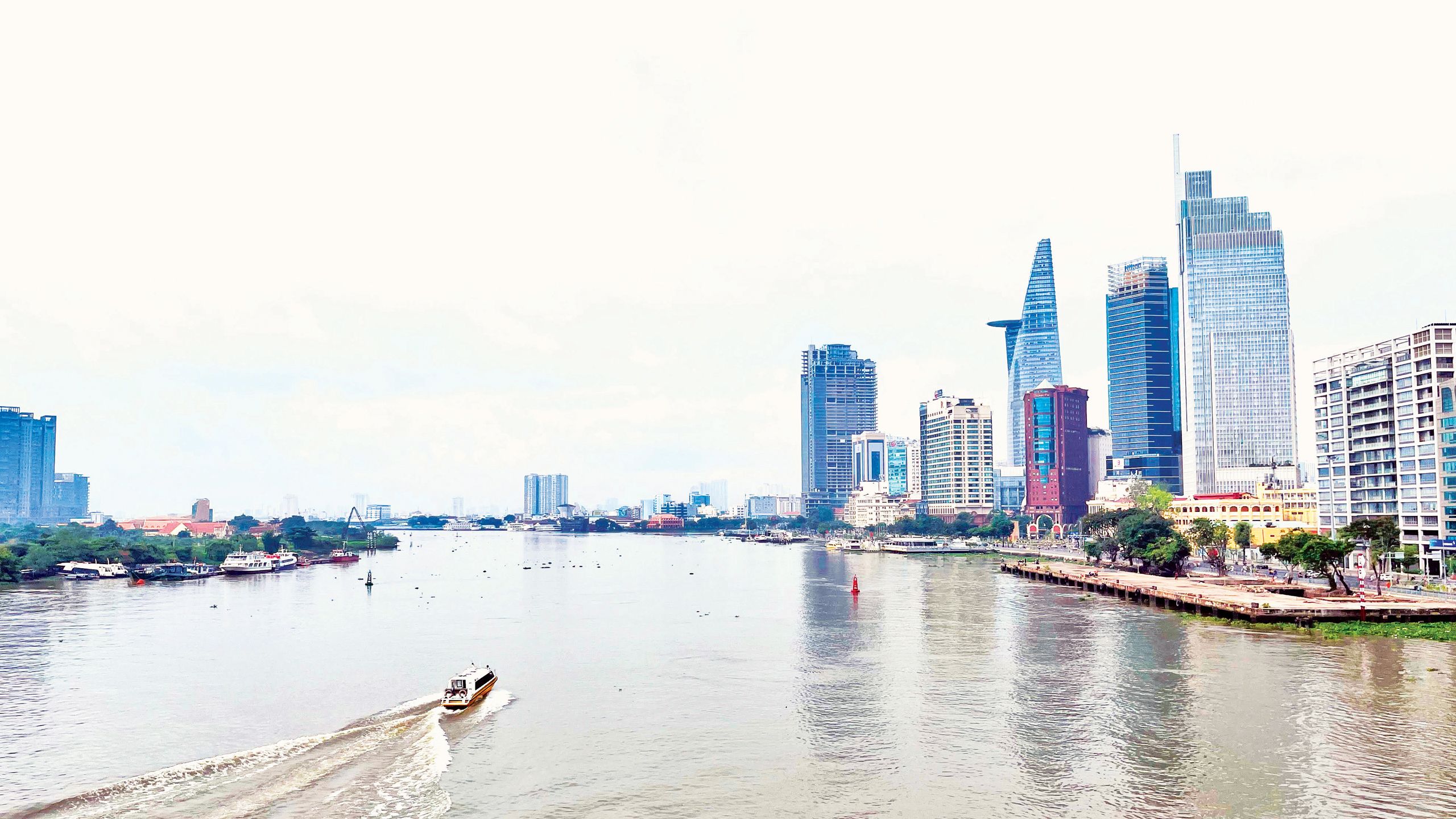
The 13th-tenure Politburo’s Resolution 24 on promoting socio-economic development and ensuring the defence and security of the Southeastern region until 2030, with a vision towards 2045, opens a new opportunity for the region’s development. Once again, Ho Chi Minh City continues with the mission as the core that drives the whole region’s growth.
Ho Chi Minh City is located in a transition area between the Southeastern region and the Southwestern region, the centre of Southeast Asia and Vietnam’s gateway of international exchange. With such a favourable position, Ho Chi Minh City is always an attractive investment destination and a key transport hub, exerting a widespread impact on the Southeastern region.
Ho Chi Minh City is working on its third ring road, an important project for the city to improve its transport infrastructure and unlock a bottleneck which has existed for a long time, to make it easier for Ho Chi Minh City and provinces in the Southeast region to boost their trade links. Commenting on this strategic project, Ho Chi Minh City Chairman Phan Van Mai stated that the city is scrambling to complete the project. Upon its completion, the road will open up a new space and a new development driving force for Ho Chi Minh City and the Southeast region.
As the locomotive and growth engine of the Southeast region and the whole country for many years, Ho Chi Minh City has always made the largest contribution to the growth rate of the Southeast and southern key economic region. Statistics show that the Southeast region’s economy expanded by an average of 5.51% per year in the 2016-2020 period. Ho Chi Minh City alone contributed 3.48 percentage points to the growth rate of the region while the remaining localities contributed 2.03 percentage points. In 2020, Ho Chi Minh City accounted for 56% of GRDP, 54% of budget revenue, and 42.9% of export turnover of the Southeast region. Ho Chi Minh City has strengths and plays the role as the growth engine in many important industries, including high-tech industry, high-class services, research, development and innovation, import-export, trading, and logistics.
As an economic, financial, science-technology, and education-training centre, Ho Chi Minh City has made important contributions to regional development, including providing products and services generally, human resources training for medical examination and treatment, supporting research and development for businesses in the region, and others.
In addition, Ho Chi Minh City has a great attraction of investment into the city and spread its investment to the Southeast region and the whole country. By 2020, Ho Chi Minh City became a locality attracting many foreign direct investment projects and domestic investment projects. The city’s enterprises have promoted investment in the provinces throughout the region, making important contributions to the region’s development and localities around the country and forming raw material production areas.
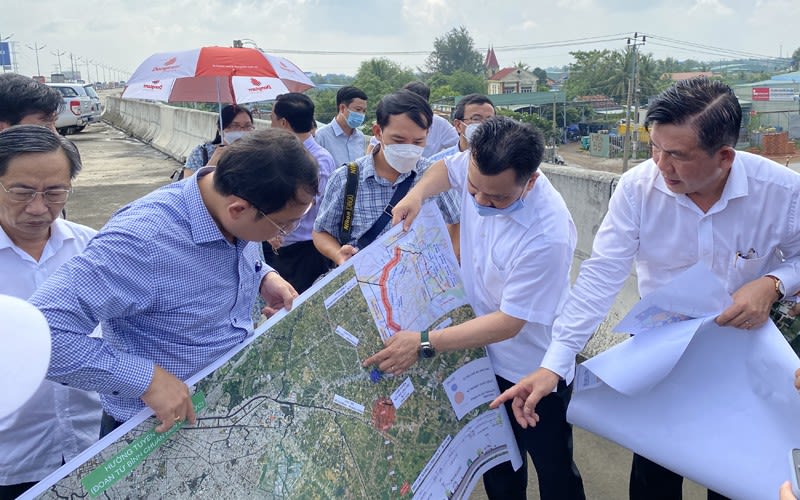
The survey team of the Economic Committee of the National Assembly conducts a field survey of the Ring 3 Project at the intersection with the Ho Chi Minh City-Trung Luong Expressway. Photo: QUY HIEN
The survey team of the Economic Committee of the National Assembly conducts a field survey of the Ring 3 Project at the intersection with the Ho Chi Minh City-Trung Luong Expressway. Photo: QUY HIEN
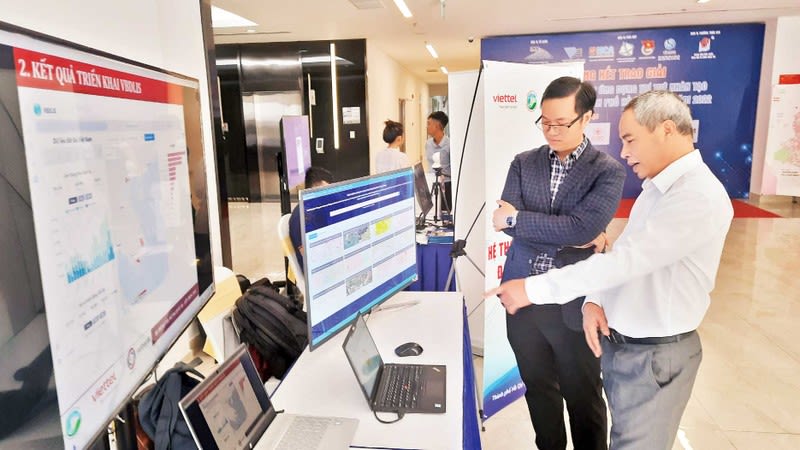
Solutions on applying artificial intelligence to public administration are on display in District 10, Ho Chi Minh City. Photo: KHANH TRINH
Solutions on applying artificial intelligence to public administration are on display in District 10, Ho Chi Minh City. Photo: KHANH TRINH
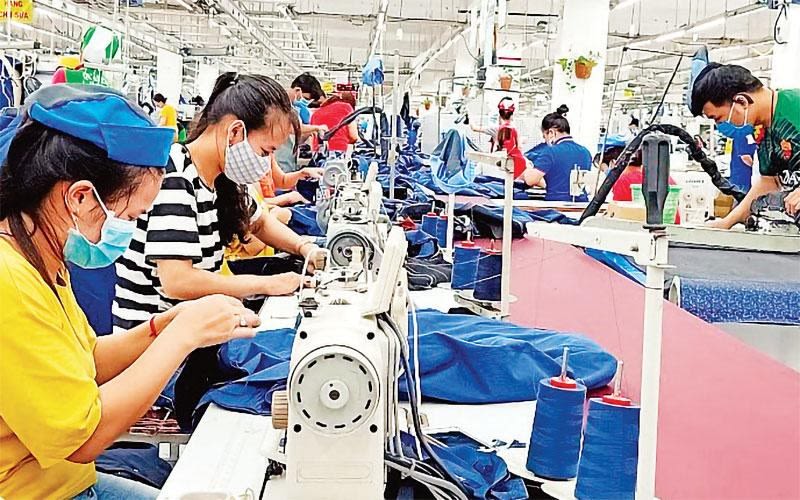
Workers of Nha Be Garment Company during working hours. Photo: QUANG QUY
Workers of Nha Be Garment Company during working hours. Photo: QUANG QUY
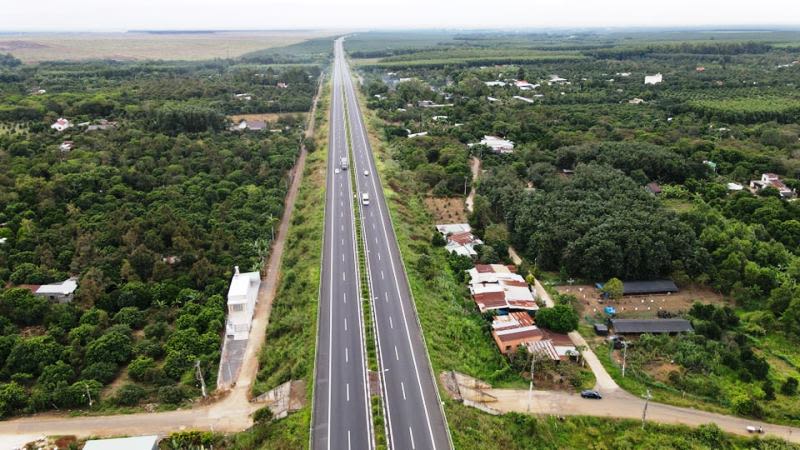
The Ho Chi Minh City-Long Thanh-Dau Giay Expressway section running through Dong Nai Province. Photo: THIEN VUONG
The Ho Chi Minh City-Long Thanh-Dau Giay Expressway section running through Dong Nai Province. Photo: THIEN VUONG
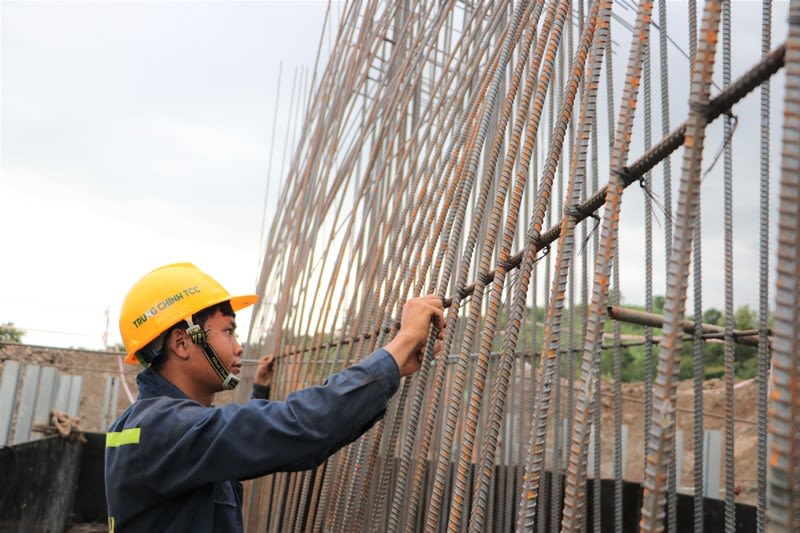
Construction workers of the Phan Thiet-Dau Giay Expressway project on the section passing through Xuan Loc District, Dong Nai Province. Photo: THIEN VUONG
Construction workers of the Phan Thiet-Dau Giay Expressway project on the section passing through Xuan Loc District, Dong Nai Province. Photo: THIEN VUONG
The streets of Ho Chi Minh City are quiet during the days of isolation and prevention of the COVID-19 epidemic. Photo: HAI AN
The streets of Ho Chi Minh City are quiet during the days of isolation and prevention of the COVID-19 epidemic. Photo: HAI AN
The Southeast is a dynamic and creative economic region that leads innovation and development and makes great contributions to the country's economic growth. However, the region’s development still faces many limitations, weaknesses, difficulties and great challenges. Resolution No.24 has noted that the development of the Southeast region has not been commensurate with its potential and inherent advantages. Economic growth has tended to slow down and be lower than in other regions. The traffic infrastructure and connections among localities in the region have not been synchronously invested, leading to an overload that has affected the development of the region. Science-technology and innovation have not made many contributions to the renewal of the growth model. The quality of human resources, especially high-quality human resources, has not yet met the development requirements. The capacity of preventive medicine and grassroots healthcare is still weak and unable to respond to unusual epidemic situations.
Development of social housing, especially housing for employees working in industrial parks, and export processing zones, has not met the requirements. The pollution of water, air, and waste has been slowly improved.
There are many reasons why the Southeast region's development has not been as expected and set goals. One of the reasons is that the slow growth of Ho Chi Minh City has affected the overall growth of the whole region. The bottlenecks that have existed for many years have not been completely removed by the city. Infrastructure is still weak and traffic congestion, flooding, and environmental pollution are still serious and slow to be overcome. In particular, the fourth wave of the COVID-19 epidemic in 2021 pushed the city into unprecedented difficulties, the city's economy grew negative for the first time and all sociocultural activities seemed to have to stop. The city’s leading role, development motivation, and strengthening of regional linkages with the Southeast region, the Mekong Delta, and the whole country, have shown signs of slowing down recently.
Production and business activities quickly recovered, and tourism, cultural and social activities were as bustling as before. The city has been known to promote internal strength, and continued to be the economic locomotive of the Southeast region and the whole country. This is an important basis for realising the goal set by Resolution No.24. That is, by 2030, the Southeast region will become a dynamic development region with a high economic growth rate, the largest growth engine in the country; a centre of science, technology and innovation. Ho Chi Minh City will become a civilised, modern, dynamic and creative city, a place to attract talents, experts and scientists, especially high-quality human resources to live and work.
By 2045, the Southeast region will become a developed region, with strong economic potential, a modern economic structure and an international financial centre, among the top in the region and the world. At that time, Ho Chi Minh City will become the nucleus and growth pole of the region; a place to attract talents, experts and scientists, especially high-quality human resources and young intellectuals to live and work; a centre to attract international financial institutions and major economic groups around the world.
To turn this aspiration into a reality, Ho Chi Minh City has taken drastic measures to remove the difficulties and obstacles that have existed in the past time, while effectively promoting its potential and advantages, and especially bettering its role as a locomotive and driving force for development in the Southeast region and the whole country.
During his working visit to Ho Chi Minh City on the occasion of the anniversary of the Southern Resistance War against French forces, Party General Secretary Nguyen Phu Trong recalled the good and proud traditions of the city, which is named after Uncle Ho. The city is “a symbol of revolutionary heroism, a symbol of dynamism and creativity, which takes the lead in innovation, and is respected by people nationwide and international friends”. A city with rich history and heroic and glorious revolutionary tradition. The municipal Party committee, authorities and people are always aware of promoting these good traditions, upholding solidarity and creativity to overcome challenges, and realise the aspiration to fly high and far, deserving its glorious name.
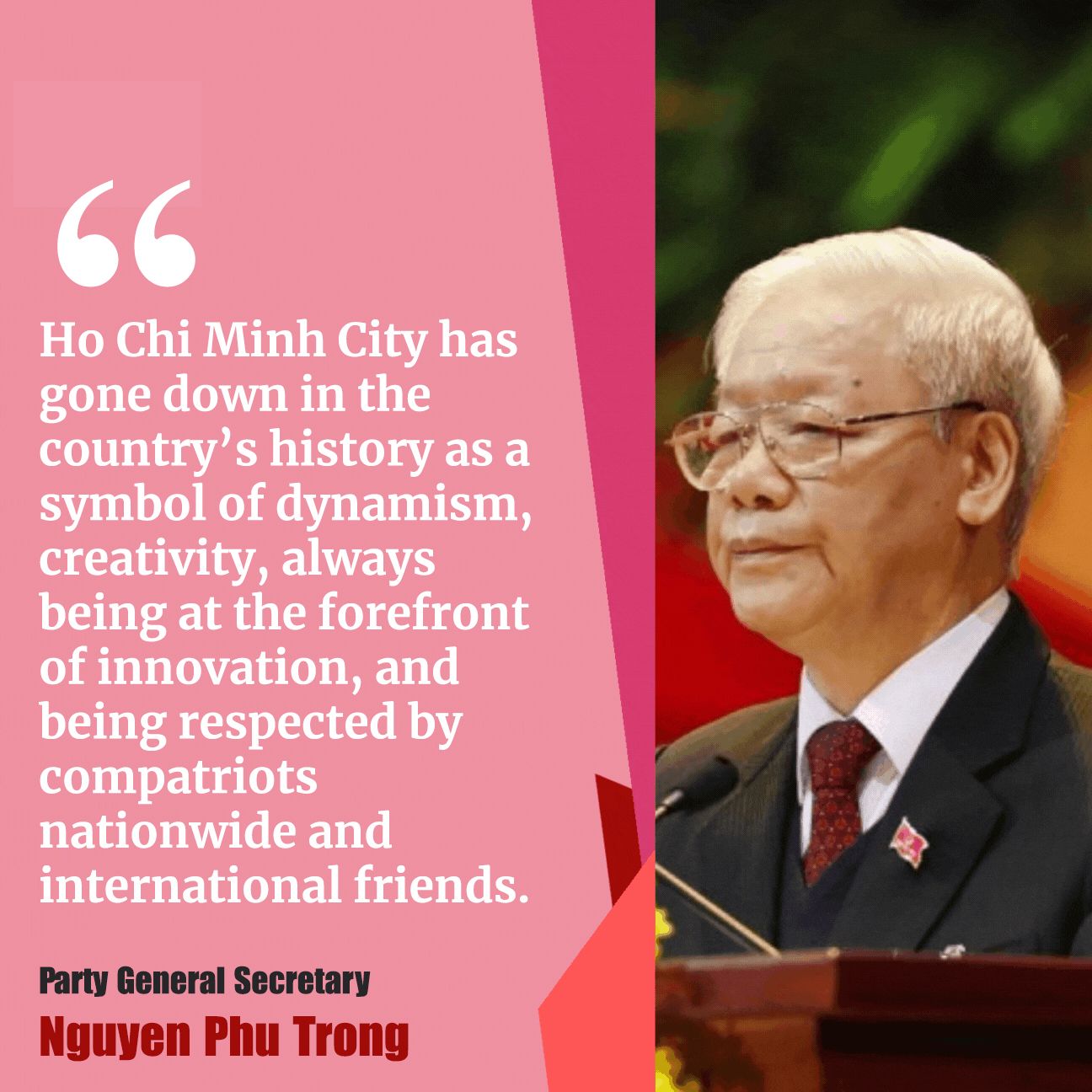
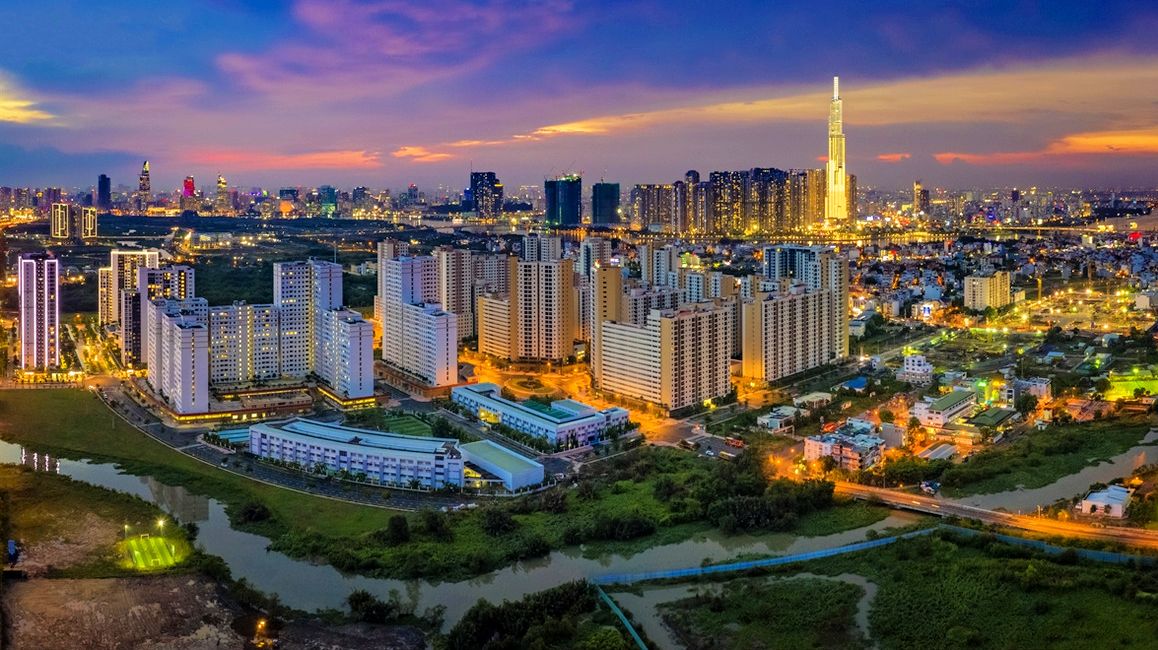
Resolution 24 has fuelled trust and power to the aspiration for the development of Ho Chi Minh City and the Southeast region.
Published: January, 2023
Content: Vo Manh Hao
Design: Trung Hung - Phan Anh
Photos: Nhan Dan Newspaper, VNA
Translation: NDO
